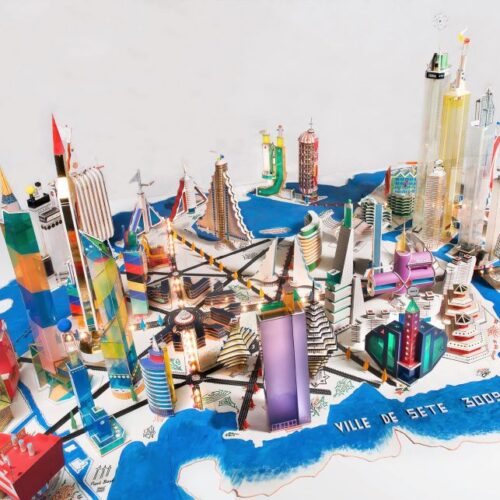
Thinking about making and physical objects
In the early 20th century, the artist Kazimir Malevich proposed that art should strive to explore new and unknown realities, to present ideas that are yet to exist, and developed the non-objective Suprematism as a way of doing so. An artistic movement that explored the arrangement and configuration of forces, planes, volumes into new spatial configurations. It was a movement that pushed the understanding of the perception of form, colour, and dynamism. Continuing to explore these ideologies and allowing them to evolve architecturally, Malevich turned to sculpture and began using plaster and glass to produce his Arkhitekton series. These large constructions allowed Malevich to explore his ideas spatially, to understand how his planes and volumes could create a single architectural assemblage.
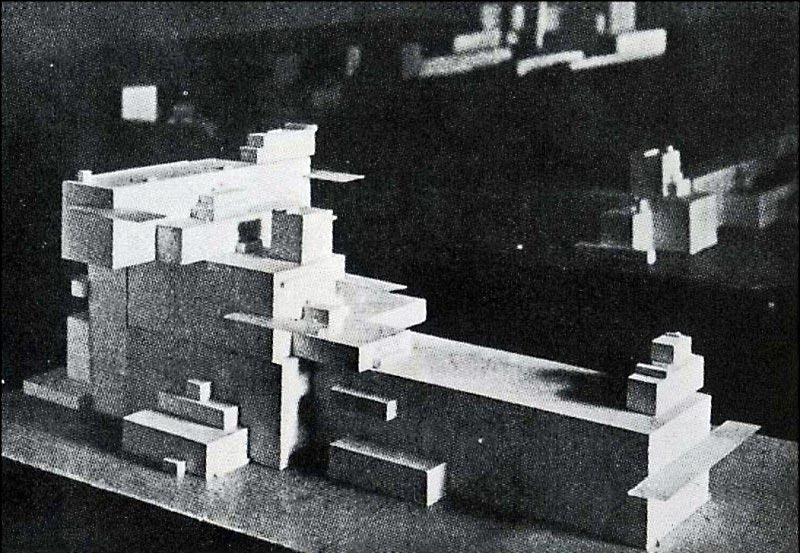
With that in mind, recently I wrote about the value of drawing, and how the production of drawings and images is an important tool for the representation of our design projects – they are effective tools for two-dimensional communication. However, it’s important for us, as designers of space, to consider our projects three-dimensionally; to consider how our designed components come together to function spatially. A crucial method of exploring this is through the production of models and the assemblage of physical objects. If drawings can help us to plan and organise space, then real, tangible forms and models allow us to explore the material and environmental conditions that we are proposing.
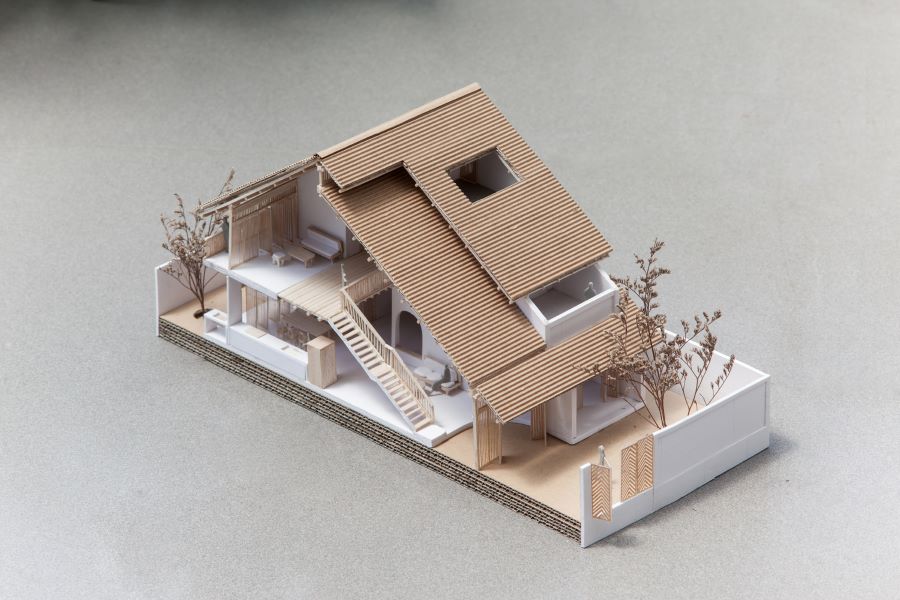
The type of model that you produce depends on the reason you are producing it. If you want to present a completed design proposal, then you should produce a presentation-standard model that communicates your project in its entirety, like K59 Atelier’s Tile Roof House, above. A clean and immaculate model that shows us how the different volumes of space are sequenced and operate together, but also allows some of the key structural elements to be seen too. The material palette of the model helps us to understand the materiality of the project, and how it might feel to occupy the spaces that are being proposed.
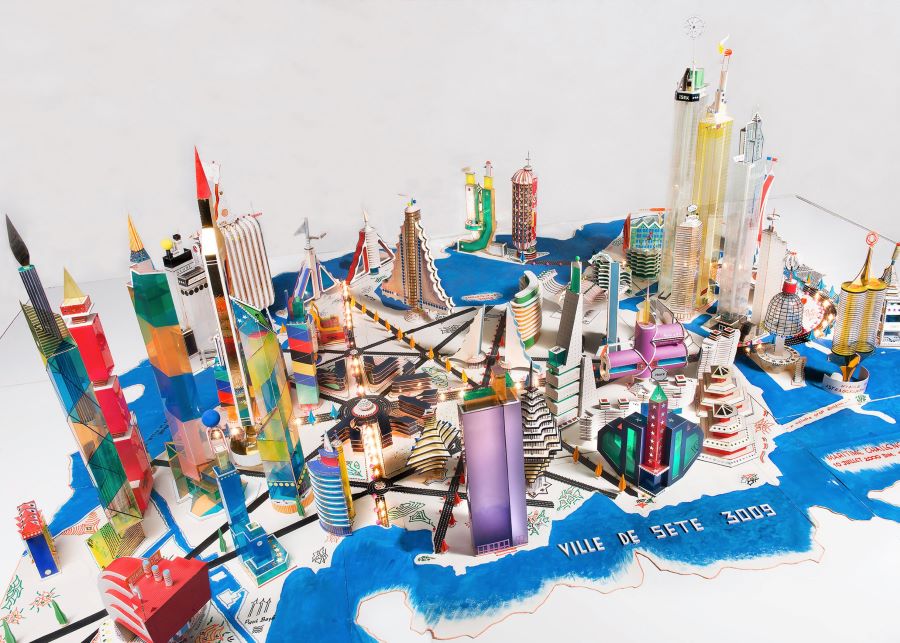
Models can also be used to propose new ideas and speculative futures, such as with Bodys Isek Kingelez’s large-scale works. Using simple materials, different papers and cards or cola cans, Kingelez assembles cityscapes that are an evolution of the small African villages he has based them on – masterplanning for a rich and prosperous future.
On a smaller scale, Sou Fujimoto’s Architecture is Everywhere project uses familiar, everyday objects to devise new pieces of architecture, changing their scale with the use of the plastic figurine. These models allow us to interpret pre-existing objects, their details and construction, their materiality, and think about them on a new level. Models can have different levels of complexity and can be used to explore the many different facets of design, ranging from the political to the more playful.
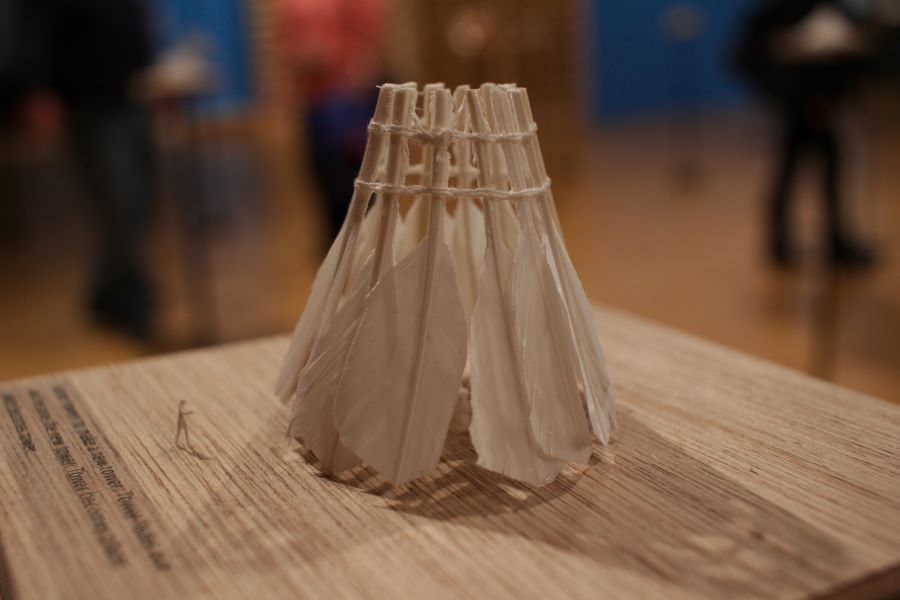
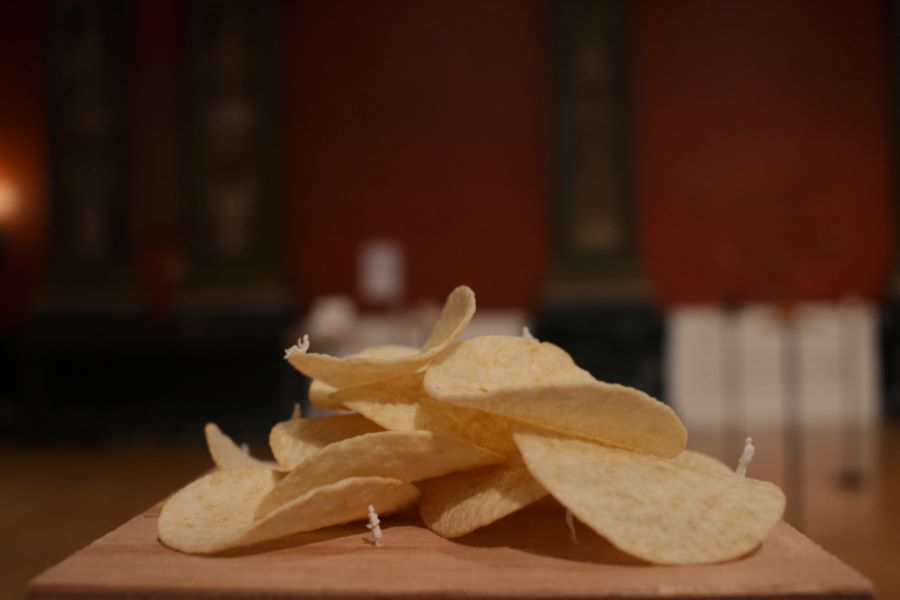
Model-making and sculptural production is a good way to test materiality, using physical experiments to test and understand the properties of the specific objects and materials that you are using within a project. Amongst other things, using resin and plaster, the artist Rachel Whiteread casts the negative space of the physical objects she is exploring, using the cast sculpture as a way of preserving form, function, and material information. In 1993 Whiteread made a cast from a whole Victorian terraced house in London’s Mile End, before the house was due to be demolished. Preserved within the cast are traces of the pre-existing structure and wallpaper, the volumes that were once occupied and the domestic details and qualities that are now lost forever. This monumental sculpture was a record of a house that no longer existed. On a smaller scale, Whiteread also casts furniture and everyday objects, using them to record and represent the volumes that they occupy in our everyday environments.
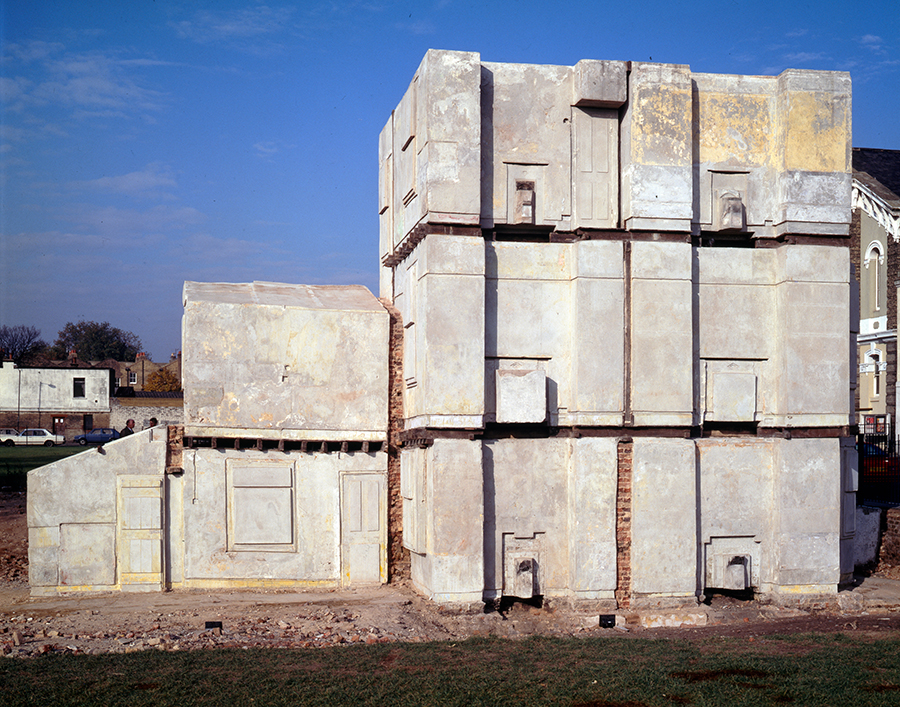
Malevich’s paintings and sculptural works have an inextricable relationship, and it is clear that each informs the other. Together, these works help us to understand his position on space and structural composition. As designers, it’s important for us to consider our own drawings and how they are used to generate ideas, but also how those drawings inform the models that we produce. Model-making should become an integral step in the design process that you use to test your ideas further. Use them to inform the next set of drawings that you want to produce, and then use those drawings to inform the next set of models that you need… Consider the materials that you are using, the scale of the model that you are making and what it is that you want to explore and communicate. What can you learn from making a model that you couldn’t learn from producing a drawing? How do you use drawings and models, together, to communicate your design ideas?
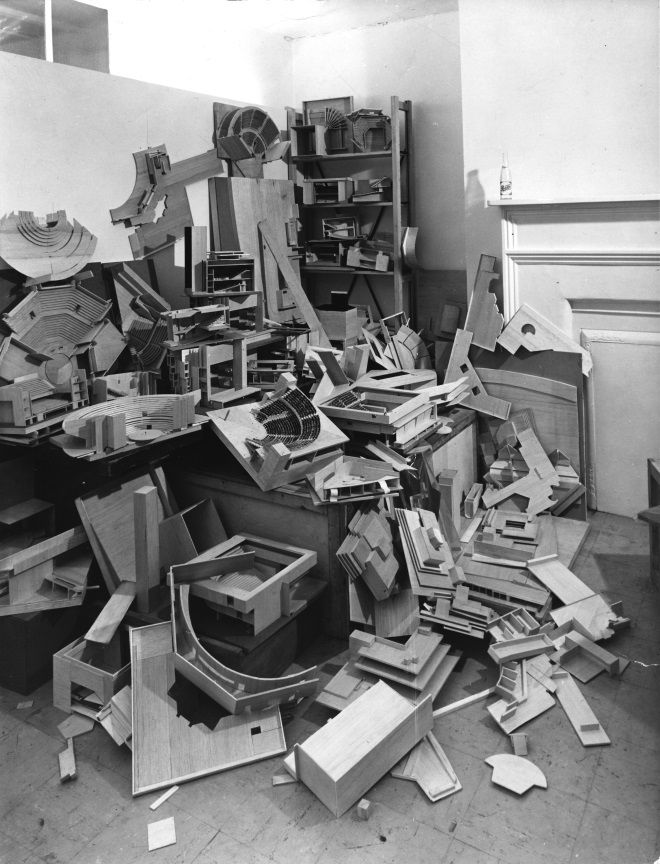
Further Reading
https://conceptmodel.tumblr.com/
https://www.architectural-review.com/today/21-dolls-houses-designed-by-famous-architects
|
|






